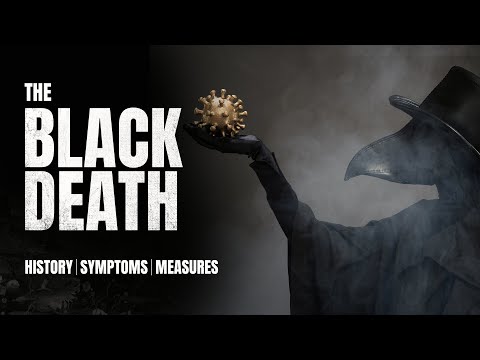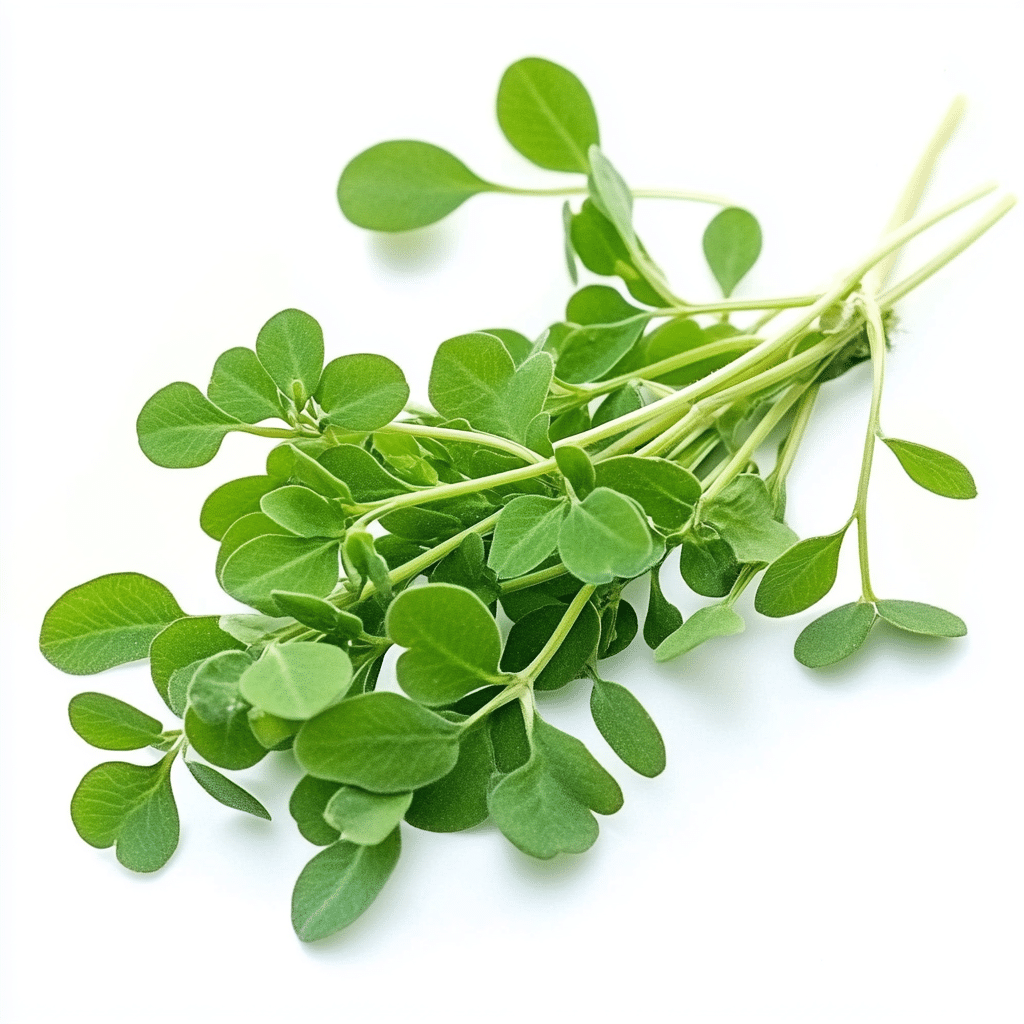When it comes to health, knowledge is power. Now, while most of us are focused on getting shredded at the gym or mastering our diets, there’s a historic threat that could rear its ugly head if we’re not vigilant—the bubonic plague. Caused by the bacterium Yersinia pestis, this ancient disease isn’t just a relic of the past. Recognizing bubonic plague symptoms might be the difference between life and death, especially with zoonotic diseases making a comeback in certain parts of the globe. So, let’s get down to brass tacks and explore the critical signs and symptoms you absolutely must recognize if you want to remain fit and healthy in a world where viruses and bacteria are ever-present.

Understanding Bubonic Plague Symptoms
The bubonic plague is notorious for its brutality. It left a significant mark on history, and though we’ve come a long way in medicine, its relevance can’t be overlooked. Understanding bubonic plague symptoms is crucial, especially as they differ significantly from illnesses like the Epstein-Barr virus. A quick recognition can save lives, and that’s something we all can support, whether we’re just lifting weights or living our everyday lives.
The human body often sends out red flags when something isn’t right. The symptoms of the plague can surface suddenly, catching people off guard. Paying attention to your body and noticing changes is paramount. If you start feeling off and spot any of the specific bubonic plague symptoms, getting immediate medical attention is a no-brainer. After all, there’s no reason to gamble with your health!

7 Key Bubonic Plague Symptoms You Must Recognize
The most telltale sign of bubonic plague? Buboes. Yup, these are painfully swollen and tender lymph nodes that pop up in places like the groin, armpit, or neck. They can balloon up quite a bit before treatment kicks in, making early detection essential.
One minute you’re fine, and the next, you’ve got the chills while your temperature skyrockets. A quick spike in fever is a classic symptom, and it often comes with intense chills. Unlike viral infections like Epstein-Barr, which can cause a gradual fever, the fluctuation is more abrupt with the plague.
No one loves a pounding headache, but the one accompanying bubonic plague isn’t just any headache; it’s sharp and persistent. In contrast to the fatigue-induced dull throbbing from the Epstein-Barr virus, this one hits hard.
When the plague sets in, malaise and fatigue can take over rapidly. You might feel like you’ve just finished a tough workout, except you didn’t. This symptom can easily be confused with Epstein-Barr’s exhaustion, but the cause is far more severe.
Feeling queasy? Nausea and vomiting can occur as the infection progresses. While the Epstein-Barr virus can also cause these issues, the intensity is magnified in bubonic plague, creating potential complications.
Nobody likes their heart racing for the wrong reasons! Tachycardia, or a rapid heart rate, usually appears as your body struggles to fight off the infection. It serves as a high-alert sign that distinguishes this infection from common viral fevers.
In more severe instances, you might even witness some shocking skin changes. Dark splotches from necrosis occur, indicating something serious is wrong. Epstein-Barr doesn’t typically manifest with such dramatic skin issues, so this is a clear warning sign.

The Importance of Distinguishing Bubonic Plague from Viral Infections
Now, here’s why recognizing bubonic plague symptoms is vital. If you mistake these signs for something less significant, like a viral infection, things could spiral quickly. Misdiagnosis can lead to severe complications and increased mortality rates.
As certain infectious diseases resurge due to environmental changes, we have to stay alert. Knowing the difference between bacterial threats like the plague and viral infections like Epstein-Barr is crucial. The latter often resolves on its own with rest and hydration, while the bubonic plague demands immediate therapeutic intervention—specifically antibiotics. Delay in treatment can drastically raise the risk of death, which is not something any fitness enthusiast wants on their plate.

Final Thoughts: Vigilance and Awareness in Public Health
Public health awareness is more important than ever, especially as we handle threats from ancient diseases like the bubonic plague alongside emerging viral infections. It’s not just about pumping iron or carving those ripped six-packs; it’s about being educated on the threats we might encounter.
Community awareness should incorporate a broad understanding of the symptoms tied to historical diseases as well as the newer threats of today. Protecting public health demands that every individual be on the lookout for these symptoms. By building a solid foundation of knowledge on these conditions, we can better prepare ourselves to face health challenges—because in the fitness game and life, being forewarned is definitely forearmed.
Stay shredded, stay informed, and remember: health isn’t just about size; it’s about survival too! And if you want to keep your body in top shape, you’ve gotta know when something’s really wrong. Now that’s a workout you can’t afford to skip!

Bubonic Plague Symptoms: Fun Trivia and Interesting Facts
Recognizing the Signs
Did you know that the bubonic plague isn’t just a thing of the past? This infamous infection, often depicted in movies featuring gruesome historical periods, is still relevant today! The primary bubonic plague symptoms include swollen lymph nodes, fever, and chills. Interestingly enough, these symptoms can sometimes take a backseat to more common ailments, making early recognition crucial. Speaking of recognition, ever heard of Chase Cominsky? He’s known for diving deep into the historical quirks of diseases like the plague that give fascinating insights into how they influenced society.
Quick Facts About the Field
Here’s a surprising tidbit: the bubonic plague is often spread by fleas that infest rats. And if you’re wondering about the best time To go To Iceland, it’s usually between June and August; coincidentally, that’s when the flea population might be less troublesome due to colder climates! As the symptoms arise, they could appear quite typical, leading folks to brush them off. Just like choosing from a fast food tier list, distinguishing one syndrome from another can be tricky. Keeping an eye on the signs could save you from a lot of discomfort!
The Importance of Awareness
Awareness about bubonic plague symptoms can also tie neatly into other health topics, like how certain conditions, such as periodontal disease, can affect immunity. This makes your body more susceptible, so staying informed is always smart! Did you know the maximum dose Of gabapentin in 24 hours can highlight certain health conditions? It’s interesting how everything connects—just like in knee surgery Memes where humor meets seriousness. And while you’re aiming to keep fit, consider options like using a walking treadmill. Who knew fitness and plague symptoms would have such engaging intersections?



























